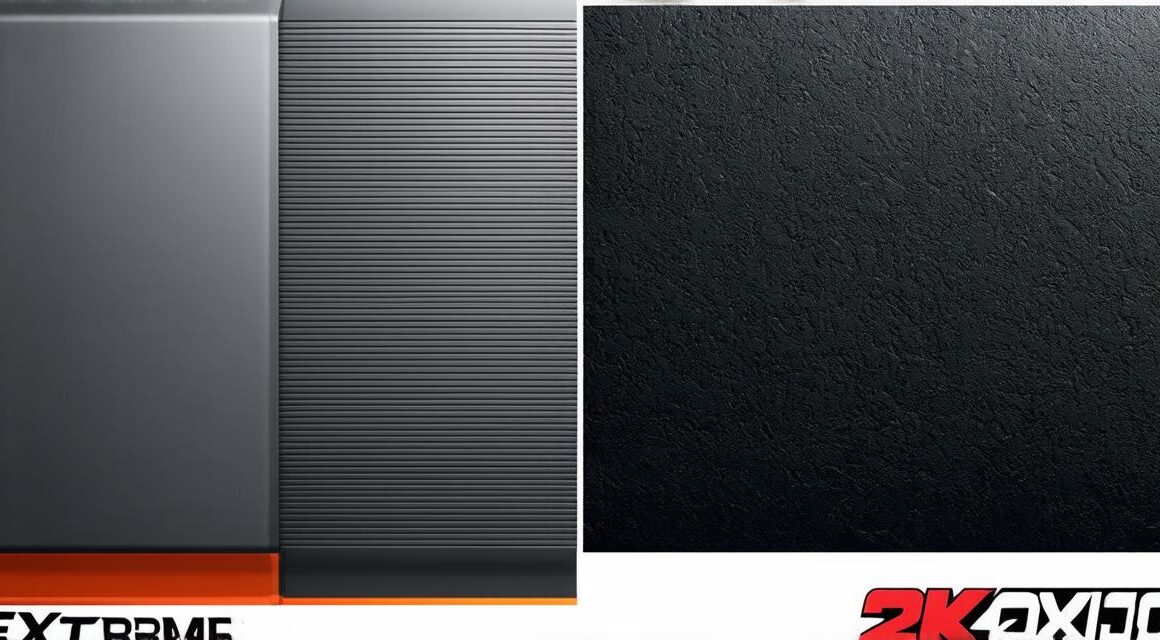Importing 3D models into Unity is a crucial step in building engaging 3D games, interactive scenes, and virtual reality experiences. In this article, we will guide you through the quick and easy steps to import your 3D models into Unity. We’ll also provide tips on how to optimize your workflow for better results.

Unity supports several file formats for importing 3D models, including FBX, OBJ, and COLLADA. Make sure to check the export settings of your 3D modeling software before saving your model to ensure it’s compatible with Unity.
If your 3D model has textures or materials, you need to import them into Unity as well. Unity supports several texture formats, including PNG, JPEG, and TGA. You can import these textures directly into Unity or use a separate tool like Photoshop to create and export textures in the appropriate format.
Your 3D model should be imported at the correct scale and orientation for use in Unity. Make sure to check the dimensions of your model and adjust its size if necessary. You should also ensure that the origin point of your model is at (0, 0, 0) in world space.
To import a 3D model into Unity, you need to create an asset package. To do this, go to Assets > Create > Package in the Unity menu bar. In the Create Package window, give your package a name and choose where to save it on your computer. Once you have created the package, select it in the Project window and drag your 3D model into the package.
Once you have imported your 3D model into an asset package, you can simply drag and drop the package into the Unity scene. Unity will automatically import all assets contained within the package, including your 3D model, textures, and materials.
Once your 3D model has been imported into Unity, you can position and scale it to fit your scene. To do this, select your model in the Hierarchy view and use the Transform tools in the Inspector window to adjust its position, rotation, and scale.
If your 3D model has textures or materials, you can apply them to your model in Unity. To do this, select your model in the Hierarchy view and go to the Inspector window. From there, you can add new materials to your model by clicking the “+” button under the Materials section. You can then assign textures and other assets to these materials as needed.
To get the most out of your 3D models in Unity, there are a few additional tips you should keep in mind:
- Use Layers: Use layers to organize your 3D model in Unity. This can make it easier to work with complex scenes and allow you to hide or show individual objects as needed. To create a new layer in Unity, go to the Layer view and click the “+” button.
- Use Animation Curves: Animation curves are a powerful tool for creating smooth, realistic animations in Unity.



